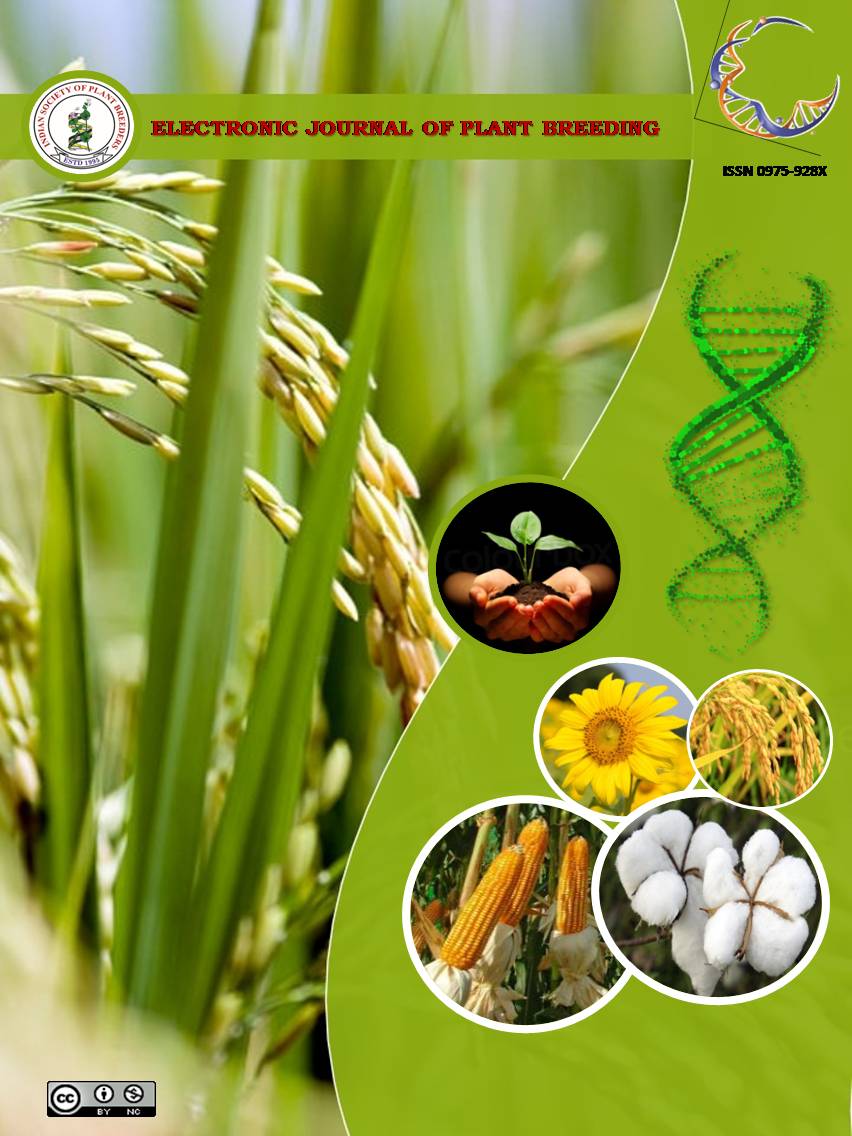Genetic variability of quantitative characters over diverse environments in maize inbred lines
Abstract
Twenty maize inbred lines procured from Maize Research Station, Bhiloda were evaluated during Kharif, 2019 over three diverse environments. Variability studies results from pooled environment revealed that PCV was higher in magnitude than GCV for all the characters studied. Grain yield per plant manifested a higher magnitude of GCV and PCV (34.07 and 47.76 %). Heritability estimates ranged from 21.18 per cent for harvest index to 99.04 per cent for protein content. Grain yield and biological yield per plant manifested moderate heritability estimates united with a high genetic gain of 50.06 and 45.03 per cent, respectively. At both genotypic and phenotypic levels, grain yield per plant showed a strong and positive association with plant height, ear height, cob length, cob girth, hundred grain weight, biological yield per plant and harvest index. Genotypic path studies showed the biological yield per plant had the highest and direct positive effect on grain yield per plant followed by harvest index, earheight, cob length and cob girth.

